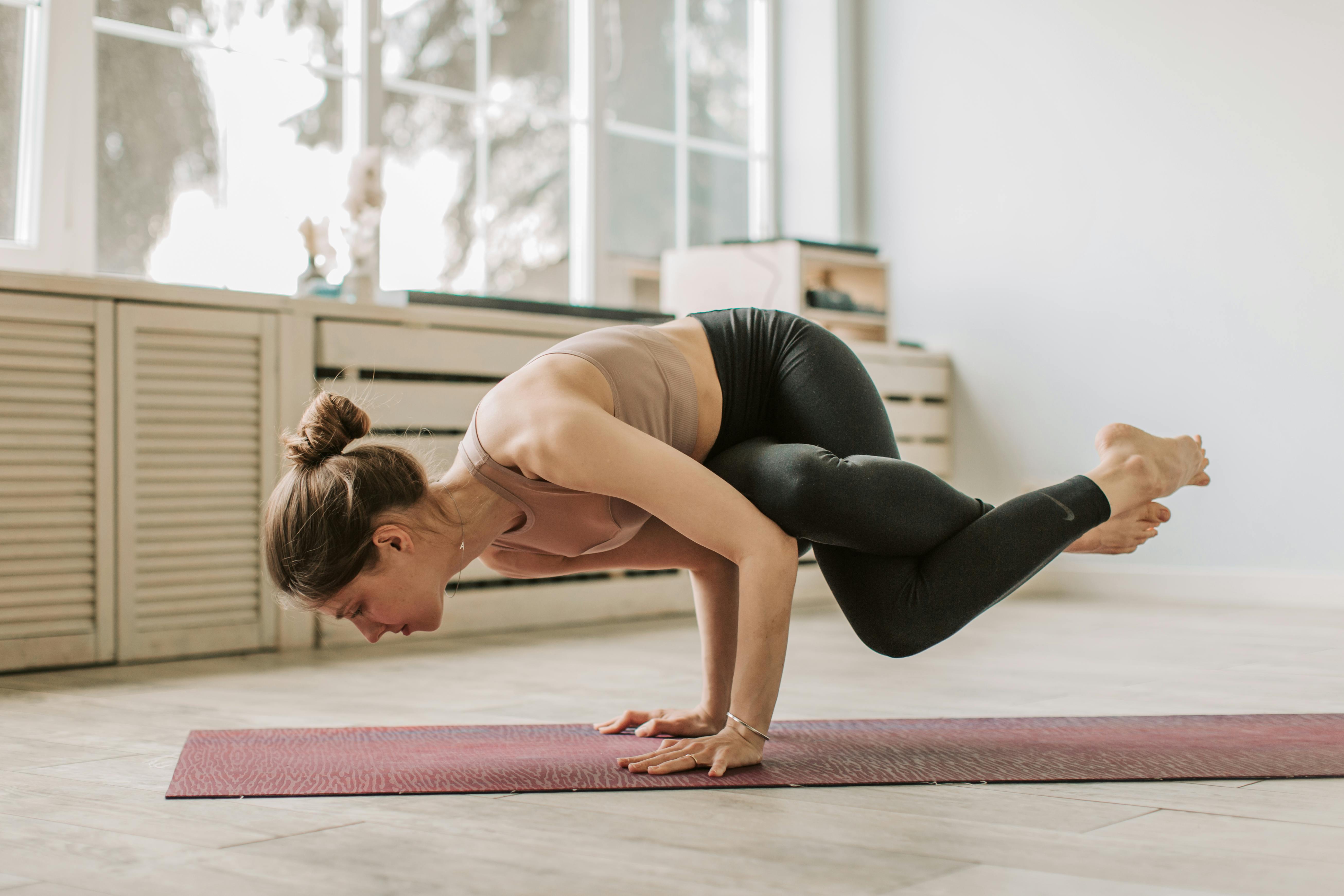The physical activities based on the tension of the eye are always available in our activities of daily living (ADL) from the first year of our life. Even for a simple turn from lying on your back to the right or left, the hoop tension mechanics (lumbar stiffness through activation of all core muscles) plays an integral role. The tension of the hoop not only stiffens the lower back but also creates a stable (synergistic) platform for the other major muscles to work hard on their attachments.
Cable torso twists (high to low or low to high), seated LAT row (machine), horse stance (vertical, horizontal), lunge stance cable single-arm chest press, etc., They are all very good examples where hoop tension is created so that effective core conditioning occurs simultaneously along with the inevitable strength gains. It should be clearly understood, regardless of our training goals, STRENGTH GAINS should be one of the favorable outcomes. In general, people avoid these types of useful workouts and tend to use hackneyed exercises like sit-ups only.
In the midst of advances in exercise, we can see that people are easily captivated by the myths and tricks of fitness. Spot reduction myths and Top Ten Mistakes in the Gym (per the American Council on Exercise) need to be heeded at least in fancy gyms, to do professional justice. Most of our activities require hoop tension (lumbar stiffness through activation of all core muscles) and the same principle can be combined in any type of primary patterns as mentioned by PAUL CHEK (such as squat, lunge, torso twist , push pull) . Strength training exercises based on hoop tension have multiple advantages and it is about time that fitness professionals and their members realized their effectiveness, if their motto is “Optimal training and nutrition for optimal results and permanent “.
